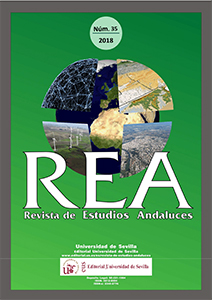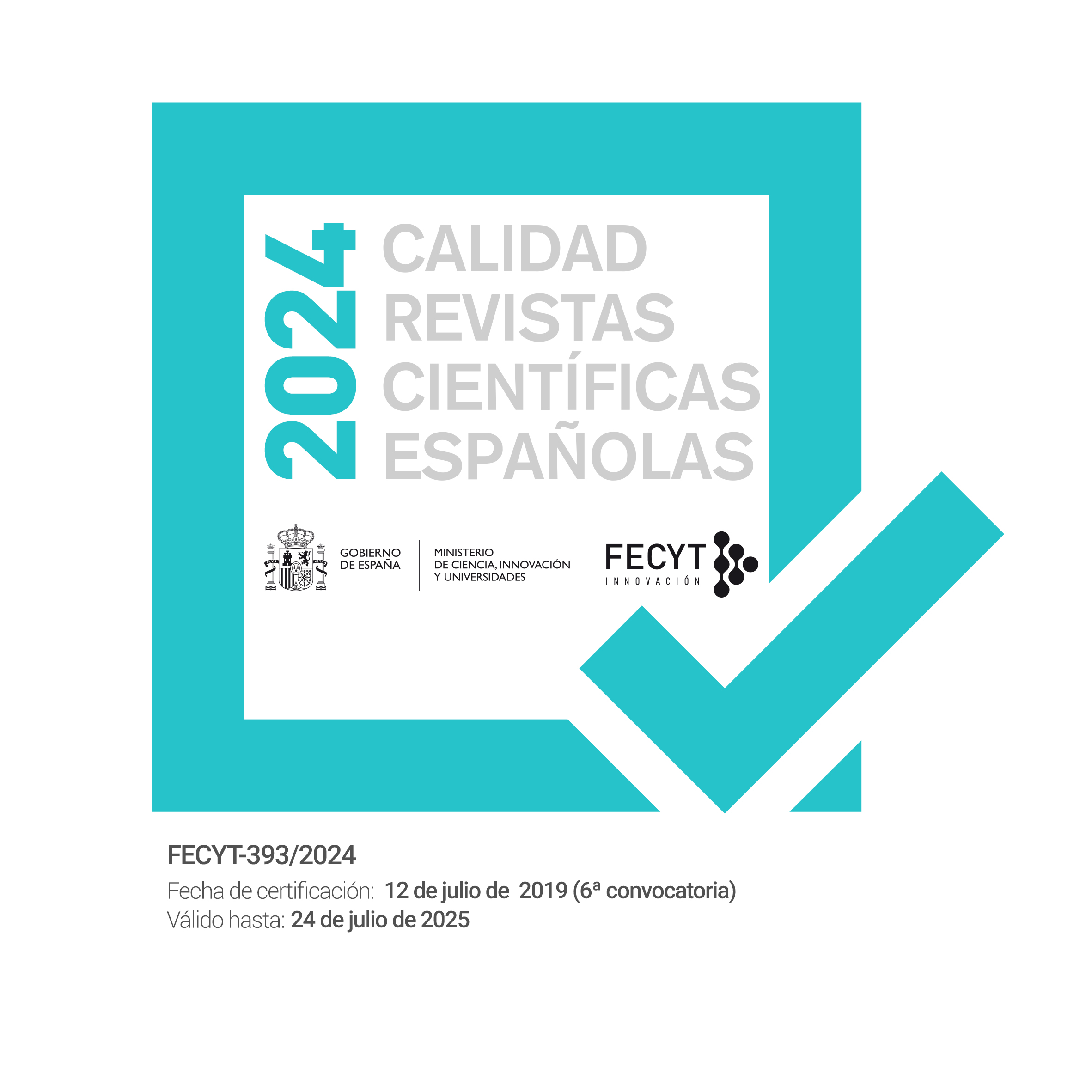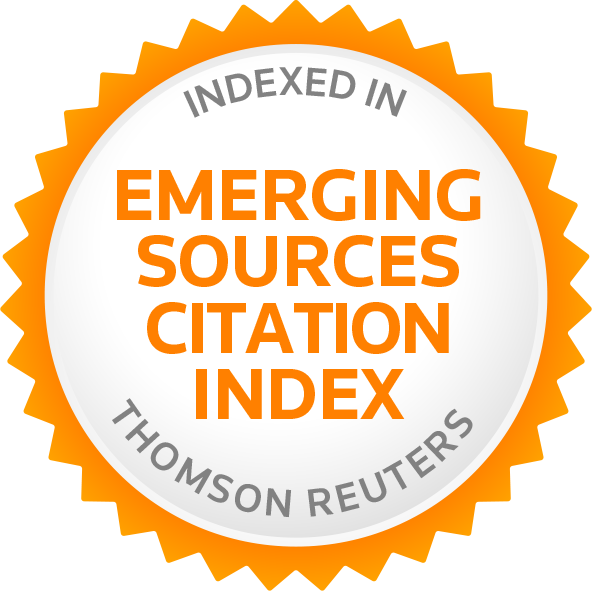Modelling Mortality from Self-Reported Health and Disability Data: A Multi-Scale Report from Ireland, 2011-2016.
DOI:
https://doi.org/10.12795/rea.2018.i35.07Palabras clave:
Mortality, morbidity, spatial patterns, modelling, IrelandResumen
Relationships between mortality and morbidity are long established within geo-spatial modelling and GIS-based analyses. While there has always been a strong associational relationship between the two measures, this has been less tested at an aggregate areal scale than one might expect. From a geographical perspective this has been in part because access to data at meaningful spatial scales, especially for mortality, can be difficult.
This paper presents newly collected data from Ireland on mortality and maps cross-sectional associations with self-reported health and limiting long-term illness and disability conditions (LLTC) for the first time at an intermediate level geography. Data is also available for two different time-periods from administrative records and from five-yearly censuses. Mortality data was collected at a newly-created intermediate level geography (IA, n=410, average population=10,900) while the self-reported health/LLTC data was collected at a long-standing administrative scale (ED, n=3409, average population=1,350). Given there was a nested relationship between the two scales, redistricting techniques were used in GIS to enable direct comparisons. Mortality data was available for all deaths (SMR) and premature death (ASR), as well as for four different causes of death. Self-reported health was mapped in three ways; as a combined rate for poor health status; as a weighted health score and as a combined rate for LLTC. The associations were derived from correlation/regression modelling at the smaller IA scale. The results identified that the associations were statistically significant and of mixed magnitude, but had relatively low r-squared values. The associations were strongest for premature (under 75) mortality, while additional correlations for cause of death were lower again. From this, we concluded that the self-reported health/LLTC statistics, while of some potential explanatory value, were not especially useful as predictive variable. Suggestions for improvement would be to weight the self-reported health data by age and additionally to take into account deprivation as a second explanatory factor operating within cross-sectional work. Finally, modelling at different spatial scales might act as a useful guide for comparative analysis in Andalucía and other regions of Spain, where spatial scales may be similar in terms of size and scale.
Descargas
Citas
Boyle, P., Gatrell, A. and Duke-Williams, O. (1999). The effect on morbidity of variability in deprivation and population stability in England and Wales: an investigation at small-area level. Social Science and Medicine, 49, 791-799. https://doi.org/10.1016/S0277-9536(99)00153-7
Boyle, P., Exeter, D. and Flowerdew, R. (2004). The role of population change in widening the mortality gap in Scotland. Area, 36 (2), 164-173. https://doi.org/10.1111/j.0004-0894.2004.00212.x
Brown, T, Andrews, G., Cummins, S., Greenhough, B., Lewis, D. and Power, A. (2017). Health Geographies. A Critical Introduction. Chichester, Wiley-Blackwell. https://doi.org/10.1002/9781119104506
Cairns, J., Curtis, S. and Bambra, C. (2012). Defying deprivation: A cross-sectional analysis of area level health resilience in England. Health & Place, 18, 928-933. https://doi.org/10.1016/j.healthplace.2012.02.011
Carroll-Scott, A., Gilstad-Hayden, K., Rosenthal, L., Peters, S., McCaslin, C., Joyce, R and Ickovics, J., (2013). Disentangling neighborhood contextual associations with child body mass index, diet, and physical activity: The role of built, socioeconomic and social environments. Social Science and Medicine, 95, 106-114. https://doi.org/10.1016/j.socscimed.2013.04.003
Central Statistics Office (CS0) (2015). Official Census Form 2011, http://www.cso.ie /en/census/othercensus2011links/census2011forms/.
Cockings, S., Harfoot, D., Martin, D. and Hornby, D. (2011). Maintaining existing zoning systems using automated zone design techniques: methods for creating the 2011 Census output geographies for England and Wales. Environment and Planning A, 43, 2399-2418. https://doi.org/10.1068/a43601
Cullen, P. (2014). Cancer death rates three times higher in some poor areas, Irish Times, November 11th. http://www.irishtimes.com/news/health/cancer-death-rates-three-times-higher-in-some-poor-areas-1.1996215.
Department of Health (DoH) (2017). Health in Ireland: Key Trends 2017. Dublin, Government of Ireland Publications.
Foley, R. and Kavanagh, A. (2014). Health and Spatial Justice. In Kearns, G., Meredith, D. and Morrissey, J. (eds) Spatial Justice and the Irish Crisis. Dublin, Royal Irish Academy, 142-157.
Gattrell, A.C. and Elliott, S. (2009). Geographies of Health. An Introduction. 3nd Edition. Oxford, Blackwell.
Houghton, F. (2005). Hiding the evidence: the State and spatial inequalities in health in Ireland. Irish Geography, 38 (1), 96-106. https://doi.org/10.1080/00750770509555852
McIntyre, S., Ellaway, K. and Cummins, S. (2002). Place effects on health: how can we conceptualise, operationalise and measure them? Social Science and Medicine, 55, 125-139. https://doi.org/10.1016/S0277-9536(01)00214-3
Moran, R. (2016). Proposals for an Enabling Data Environment for Health and Related Research in Ireland. Health Research Board, Dublin.
Pickett, K. and Wilkinson, R. (2015). Income inequality and health: A causal review. Social Science and Medicine, 128, 316-326. https://doi.org/10.1016/j.socscimed.2014.12.031
Rigby, J, Boyle, M, Brunsdon, C, Charlton, M, Dorling, D, French, W, Noone, S. and Pringle, D (2017). Towards a geography of health inequalities in Ireland. Irish Geography, 50 (1), 37-58. http://dx.doi.org/10.2014/igj.v50i1.1263
Schuurman, N., Bell, N., Dunn, J.R. and Oliver, L. (2007). Deprivation Indices, Population Health and Geography: An Evaluation of the Spatial Effectiveness of Indices at Multiple Scales. Journal of Urban Health, 84(4), 591–603. https://doi.org/10.1007/s11524-007-9193-3
Descargas
Publicado
Cómo citar
Número
Sección
Licencia
La edición electrónica de la Revista de Estudios Andaluces se ofrece en acceso abierto desde el número 28 publicado en 2011 hasta la actualidad. Las ediciones impresa y electrónica de esta Revista son editadas por la Editorial de la Universidad de Sevilla, siendo necesario citar la procedencia en cualquier reproducción parcial o total.
La Revista de Estudios Andaluces no cobra tasas por el envío de trabajos, ni tampoco cuotas por la publicación de sus artículos. La Revista es gratuita desde el momento de la publicación de cada número y sus contenidos se distribuyen con la licencia “CreativeCommons Atribución-NoComercial-SinDerivar 4.0 Internacional” , que permite al usuario de la Revista de Estudios Andaluces criterios que cumplen con la definición de open access de la Declaración de Budapest en favor del acceso abierto. Puede consultar desde aquí la versión informativa y el texto legal de la licencia. Esta circunstancia ha de hacerse constar expresamente de esta forma cuando sea necesario.







